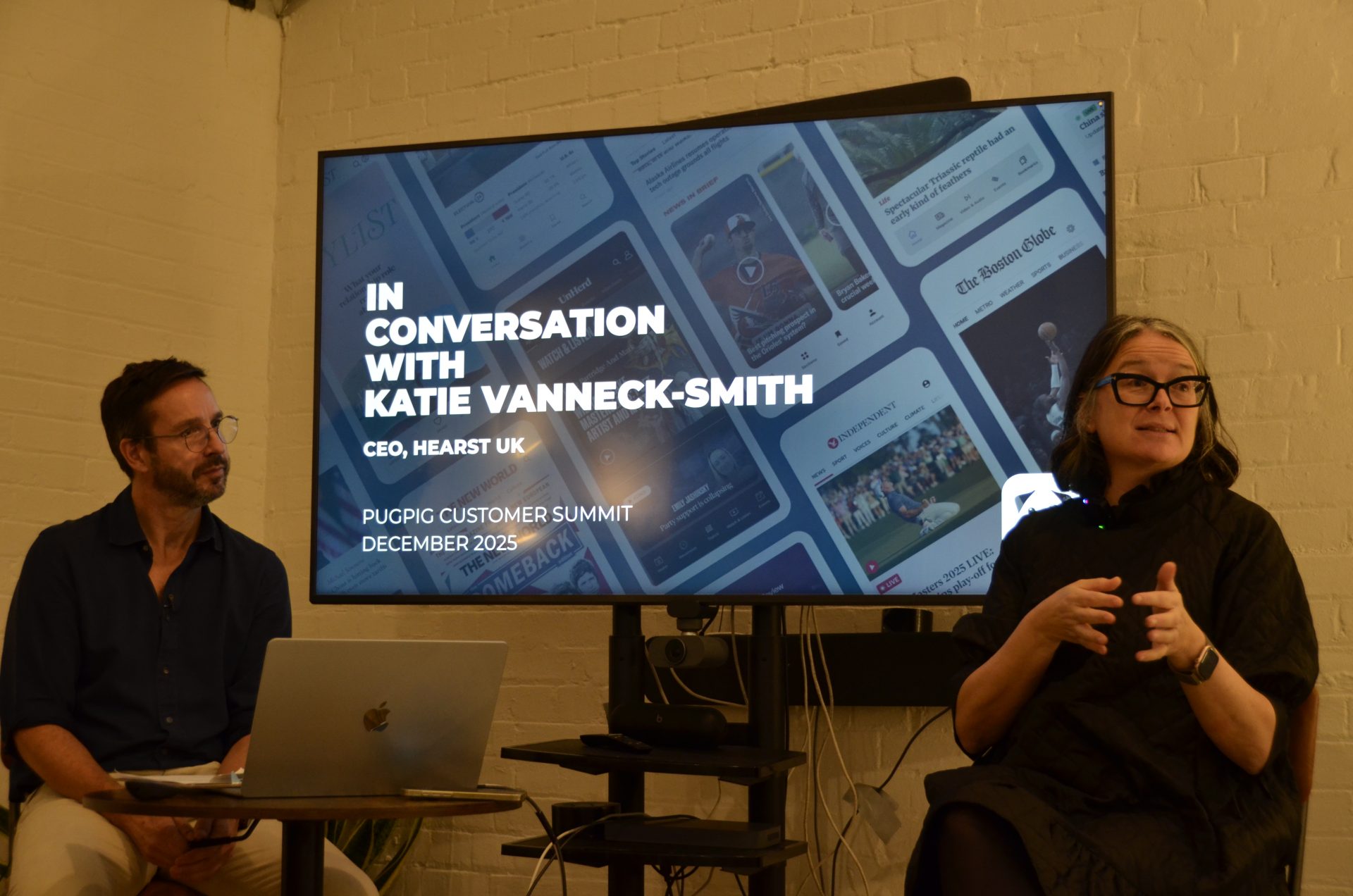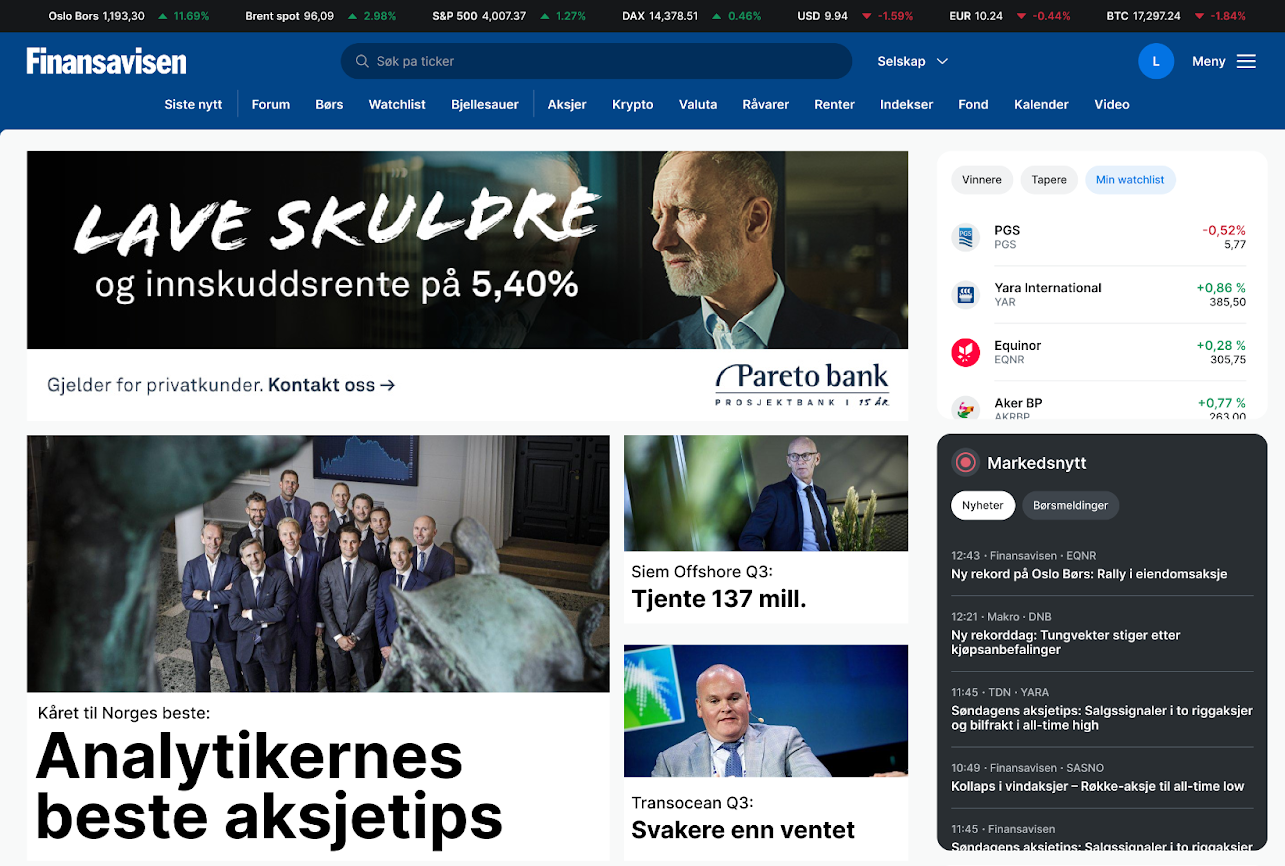
Newsletter
Newsletter
This week, we cover how to mitigate risks in launching your subscription strategy and an example of a successful, intentional off-platform strategy.
2nd December 2022

In the Pugpig weekly media bulletin, Pugpig’s consulting services director Kevin Anderson distills some of the best strategies and tactics that are driving growth in audiences, revenue and innovation at media businesses around the world.
Whenever you make changes to a product, part of the goal is to minimise the risks while also having a clear vision of what success looks like and how to achieve it. This is true with any product, whether you are re-platforming your site or app or launching a subscription product. The pivot to reader revenue through a range of paid content strategies has been one of the major shifts in digital media over the past decade, and for major publishers like the New York Times, The Economist and the Financial Times, digital subscriptions have provided them with a stable, secure foundation for growth. But as the Press Gazette highlighted recently, in the UK, regional publishers have had much less paid content success so digital subscriptions strategies are not without their risks and challenges.
Sign up to get the Media Bulletin in your inbox.
The Audiencers, a new site from membership and subscription suite Poool, highlighted some of these risks:
Yes, there are risks, and you need to feel confident that you can address them and be able to seize the opportunity that many subscription-based media businesses have. The Audiencers have a few tactics that companies are using to do just that.
The team at The Audiencers has provided a great overview. If you want to talk about using a registration wall, SEO blocking or other ways to optimise your subscription strategy, get in touch with Pugpig Consulting Services a message at info@pugpig.com.
I once worked with a publisher in South Asia who had a presence on 10 different social networks. It was ambitious, but when I looked at their analytics, Facebook drove more than 90% of traffic for their efforts with Twitter a bit and the other eight networks driving very little traffic at all. They were a good team, but it was an example of what I call a ‘spray and pray’ strategy: flooding every channel possible with the same content without being intentional or strategic about the content appropriate for the platform or audience. They wanted to reach new, younger audiences where they were, but by posting to so many social networks, they had little time to develop platform-specific content that would appeal to audiences on those networks.
However, publishers are showing how being strategic about the use of and content for third-party platforms can achieve your goals of reaching new audiences and growing revenue. INMA recently highlighted a successful off-platform strategy at Carreira, the career desk of Valor Econômico — Brazil’s largest economics and business newspaper. Like many publishers, they wanted to attract younger audiences. Importantly, they not only took their existing content to the platforms where these younger audiences were but considered what content might appeal to them, “hot topics like diversity, new models of work, and mental health”, according to Stela Campos, editor for Carreira. Of course, they used digital specific formats like quizzes and stories with interactive charts, but they also worked with a radio station in their group to produce a podcast. That podcast interviewed CEOs from Brazil’s largest companies, and its audience tripled in its first year. And the podcast interviews became the basis for articles in the newspaper and on the website. They also created a live broadcast on YouTube and LinkedIn that interviewed HR executives about changes in working and the labour market.
One of the challenges of off-platform strategies is determining how they benefit your owned-and-operated platforms and also your bottom line. In this case, the efforts increased pageviews on their website by 94% and they tracked subscription growth of 171% to the content they created. For all of you frustrated about platforms, this is a great example of making sure that your off-platform content distribution benefits you and not just Facebook, Google and Microsoft.
Next week, we’ll publish our State of the Digital Publishing Market report, and one of the goals that media leaders said that they for 2023 was to diversify revenue streams. And for several publishers, they said that a bright spot in the last year has been the return to in-person events. And publishers like Apartment Therapy have added another revenue stream, e-commerce, to their events business, according to Digiday. It is the kind of revenue diversification that publishers are seeking to both grow the business but also increase resilience. They don’t want to be overly reliant on any single revenue stream and aren’t overly exposed to a revenue stream that could be disrupted either by new COVID restrictions or weakness in the economy.
Digiday spoke to Apartment Therapy’s Riva Syrop about how the changing economic conditions have affected their broader business. The key messages from the podcast:
Flexibility, agility and experimentation all informed by data are some of the common characteristics of media companies that are able to adapt to the rapidly changing markets they operate in.
Here are some of the most important headlines about the business of news and publishing as well as strategies and tactics in product management, analytics and audience engagement.

Newsletter

Newsletter

Newsletter

Newsletter

Newsletter